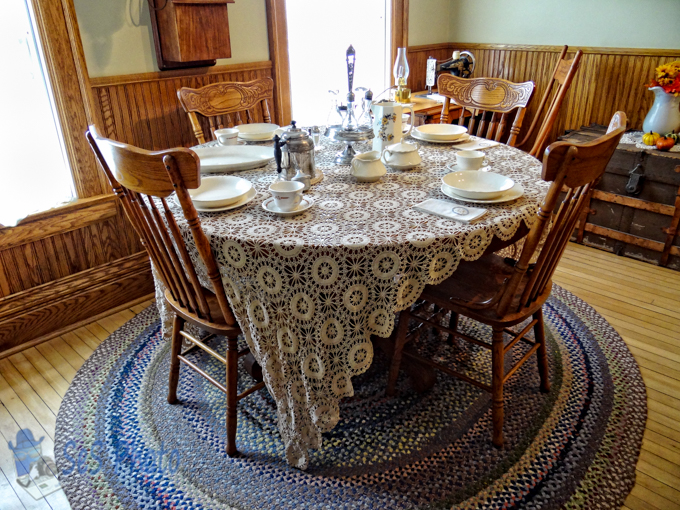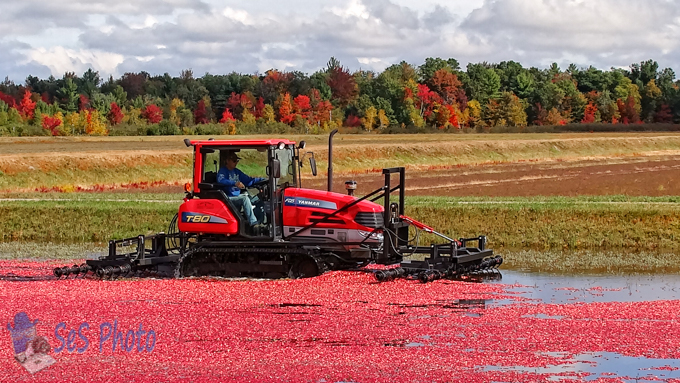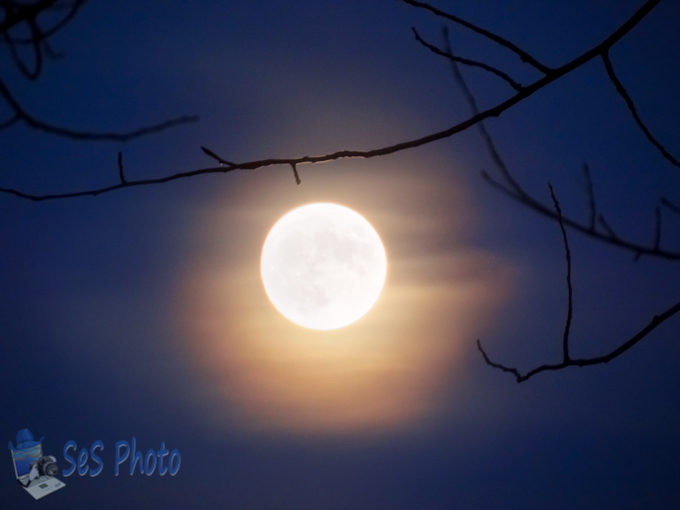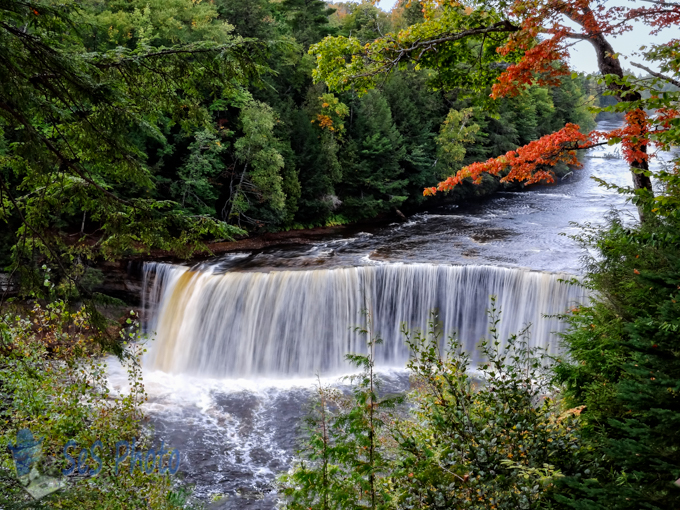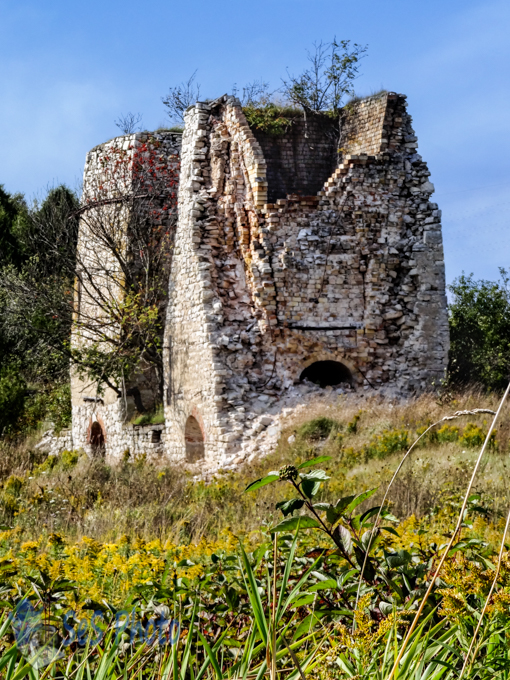With the temperatures getting down to 8 last night, the llamas probably appreciated their warm coats. Llamas originated in the central plains of North America about 40 million years ago. They migrated to South American about 3 million years ago and by the end of the last ice age, the llamas were extinct in North America. But they have returned to their origin with the importation of llamas from South America.
Traveling Llamas




